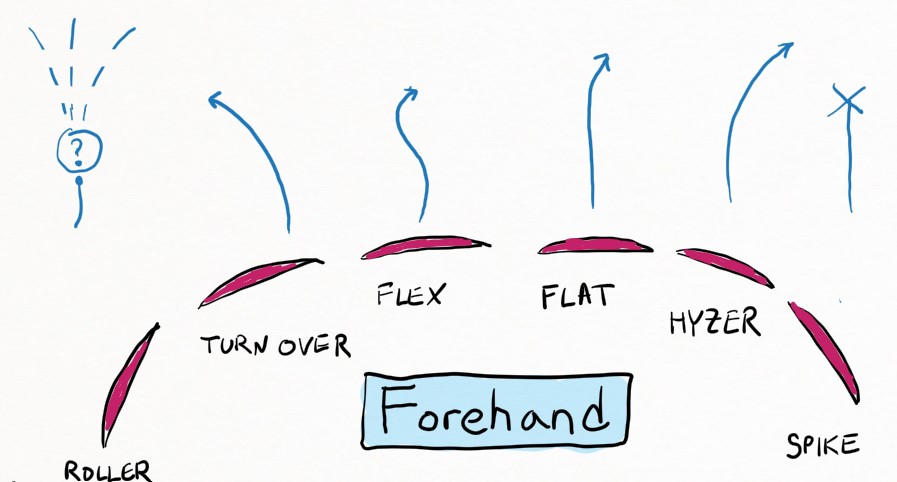I head out for rounds of disc golf at least three days a week in my retirement. As a sport, it shares many aspects of ball golf without the cost or pretension. I’ve been playing disc golf off-and-on for over forty years, and I could prattle on for pages about this lovely sport, but I promise to focus.
THE DISCS
The frisbees we used for disc golf in Boulder in the ’70’s were vastly different from sleek modern discs whose aerodynamic properties of speed, glide, turn and fade are optimized and numerically coded on the face of each disc. The specific discs on any day may depend on wind, what course I playing, or even what part of my game I am working on, but I carry a putter, a mid, and a driver.
SPEED: Throw a high speed numbered disc harder. Putters are 2-3. Midrange are 5-7. Fairway are 8-9. Drivers are 10 and up. The classic mistake is to throw too fast of a disc. I can get the most out of 9’s, but not a 12. Try different discs and throw what works best.
GLIDE: Higher glide discs (5 or 6) stay on path for longer. Lower glide discs are good for shorter shaped flights.
TURN: Backhands tend to turn left in flight, and forehands turn right, but if you throw the disc with the edge away from your body tilted up it will fight that natural turn and even flex back the other way a bit. The Turn rating indicates if a disc is ‘stable’ and always pulls the predicted direction (Turn=0), or ‘unstable’ and is willing to be bent back in the other direction some.
FADE: When the flight is nearing its end and the forward progress of the disc is stalling out, the spin of the disc overpowers other aerodynamic forces and pushes the end of the flight and subsequent ground play in the predicted direction (BH=left, FH=right). A low fade disc will just drop at the end of its flight, but a high fade disc is better for curving around an obstacle at the end.
THE THROW
Discs are mostly thrown in two very different ways, the Backhand (BH) and the Forehand (FH). The Backhand curls the arm back in towards the chest and extends for the throw, where the Forehand extends the arm and contracts for the throw. The motions the body take are completely different. Critically the spin of the disc is opposite (BH=clockwise, FH=counterclockwise), so the dynamics of flight are opposite. Backhands tend to curve left and forehands curve right.
